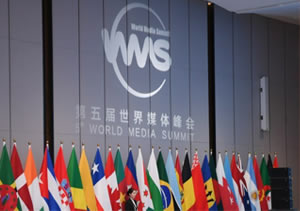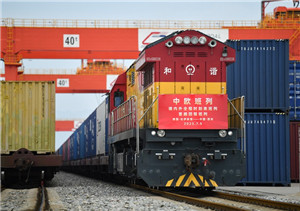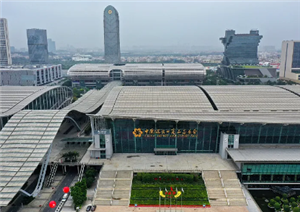Guangdong and Canada have deep-rooted cultural and economic connections which have flourished for over a century.
The history of Guangdong-Canada relations dates back over 150 years, beginning in the gold rush town of Barkerville in British Columbia. Guangdong's Overseas Chinese Museum records the journeys of Guangdong immigrants who settled in Barkerville, raised families and eventually established a community there. This long-standing heritage has created lasting ties, with many Guangdong descendants in Canada maintaining connections with relatives in China, leading to a deeper mutual understanding.
Another site that symbolizes Guangdong-Canada ties is the "Canada Village" in Kaiping, a small city in southern China's Guangdong province. During the early Republic of China period (1912-49), an overseas Chinese named Guan Guo'ai led 13 families from Kaiping's Xiacun village to Canada, seeking better opportunities. Guan, the first resident of the village to go abroad, overcame great hardship to achieve success in the herbal medicine trade in Canada, becoming one of the most financially successful overseas Chinese of his time.
Between 1933 and 1936, these overseas families pooled resources to build 13 villas and a fortified watchtower for those were still staying in the village, naming the area Yaohuafang. Since nearly all residents lived in Canada later, the area became known as the "Canada Village". In 1951, the last resident emigrated to Canada, leaving these architectural gems as a testament to Guangdong-Canada connections.
Guangdong's cultural traditions have also gained a foothold in Canada. For instance, the Tam Kung Temple in Victoria, British Columbia, bears strong ties to Guangdong. This 100-year-old temple is Canada's oldest Chinese temple, rooted in the Tam Kung folk beliefs brought by Guangdong Hakka immigrant Wei Si in the 1860s. Today, the temple is both a community center and a testament to early Guangdong immigrants' cultural heritage, symbolizing their hopes for peace and safety and promoting Chinese-Canadian cultural exchanges.
In 1995, Guangdong and British Columbia established a sister province relationship, setting the stage for economic partnerships. Looking forward, Guangdong aims to deepen its economic engagement with Canada, expand bilateral trade and investment, and foster cooperation in areas such as technological innovation, environmental sustainability, education and tourism.
This shared commitment will continue to drive the flourishing Guangdong-Canada relationship, benefiting both regions for years to come.

















